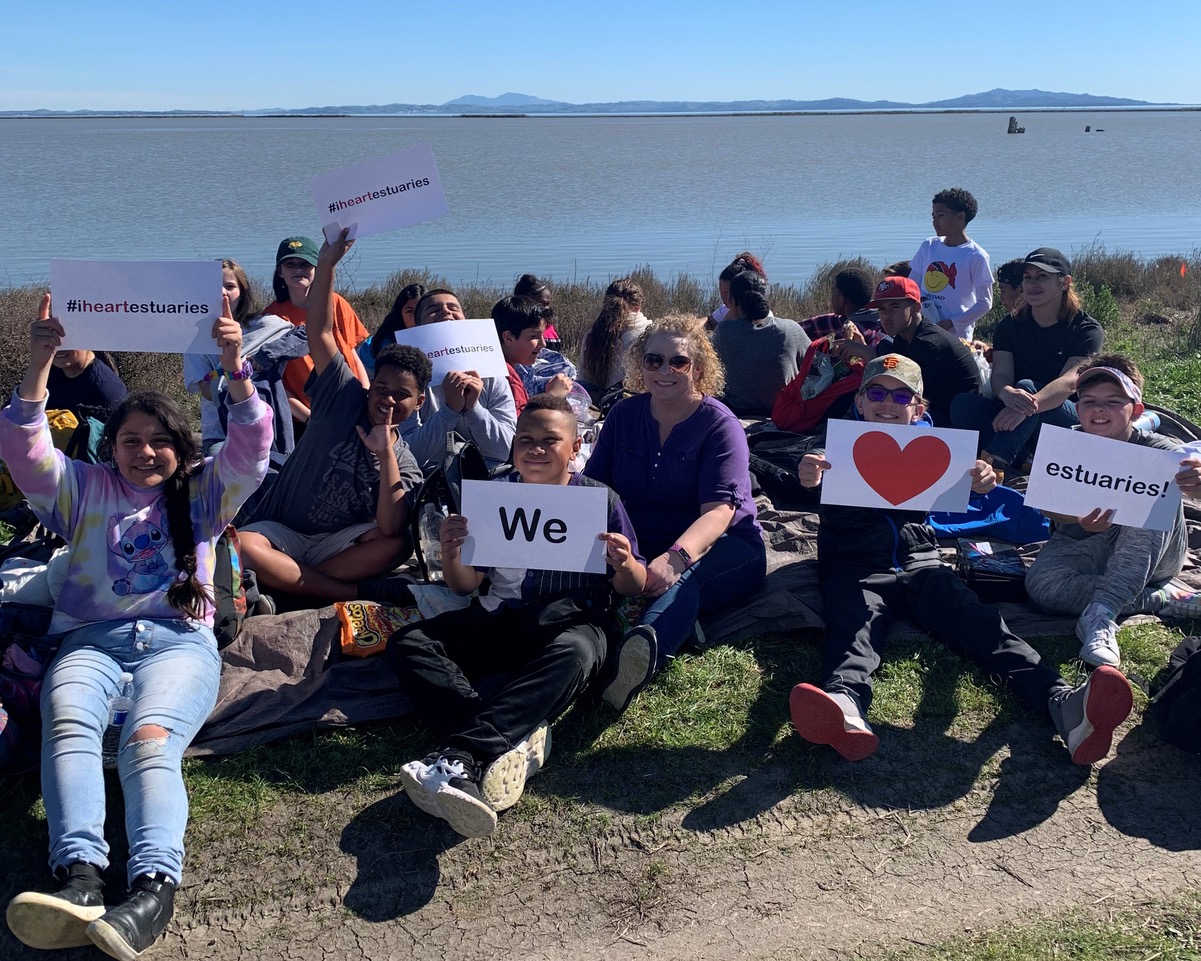
Even as “environmental justice” and “community engagement” have long been watchwords of restoration and resilience efforts, economically disadvantaged communities on San Francisco Bay’s shoreline have often felt sidelined by them. But that may be changing: the summer of 2020 saw new initiatives to give communities more power to shape and participate in restoration projects in their own backyards.
In July, the San Francisco Bay Restoration Authority kicked off its new Community Grants Program, allocating $200,000 of its $25 million 2020-21 budget to projects led by community-based organizations in economically disadvantaged bayside communities.
“This program will welcome new voices and partnerships, and work with community leaders to develop projects that empower and benefit communities that historically have been excluded from habitat restoration and the design of parks and trails,” says Taylor Samuelson of the State Coastal Conservancy, which provides staff support to the Authority.
The new program is the upshot of work that began shortly after voters approved 2016’s Measure AA, a region-wide parcel tax dedicated to Bay restoration. “The Authority’s Advisory Committee expressed interest in bringing a stronger environmental justice focus to the Authority and to the way that Measure AA funds are allocated,” says Samuelson. The committee convened a panel of environmental justice experts, who recommended that the Authority hire a consultant to study the issue and develop recommendations, a dozen or so of which were adopted by the Authority’s board earlier this year.
“One of the main issues that came out of my interviews boiled down to communities not trusting the Authority enough to actually want to engage with them,” says the consultant, Nahal Ghoghaie. “So adopting guiding principles that would help establish trust was an important recommendation.” Others included scoring criteria that encourage an interdisciplinary approach and making the grant application process accessible to community groups that don’t have the technical expertise and staff capacity of larger organizations.
“One of the big purposes of the program is to provide more staff support for economically disadvantaged communities,” says grant program manager Linda Tong. Applicants to the new program can submit a pre-application letter rather than a full proposal. “If staff determines that project is appropriate for Measure AA funding, we will work closely with the proponent to help develop something that can be brought to our board.”

Community visioning is a key thrust of the new program. “Rather than having an agency go to a community after they’ve come up with a plan for a restoration project, we’re going directly to the community to ask them what ideas they have,” says Tong. “We want a community-led process, where people are coming up with the ideas for what kind of projects they would want to see along the shoreline near where they live.”
Programs that could benefit from the new program include those that grow out of the Oakland Shoreline Leadership Academy, a new program of the West Oakland Environmental Indicators Project. “The idea is that 18 to 20 residents of Oakland shoreline neighborhoods come and learn about vegetation, sea-level rise, planning processes and everything, and then each come up with a project,” says the Indicators Project’s Phoenix Armenta. “We imagine these would be $5,000 to $10,000 projects. They could include anything from hosting a shoreline music festival to doing a community cleanup day or planting green infrastructure. They’ll go through the Academy for six months, and then we will work with them to develop their grant applications so that they can apply to do their own projects.”
Critically, all participants in the academy will be paid; Ghoghaie identifies compensation as a vital part of any community engagement process. “If there are any community members involved in a project whatsoever, whether it’s specifically an environmental justice project, or a mega-project like the [South Bay] Salt Ponds, they must always be compensated for their time.”
The Authority is not alone in sharpening its focus on equity issues. Following a lengthy series of meetings and workshops, the Coastal Conservancy has also developed new Justice, Equity, Diversity, and Inclusion guidelines. Samuelson says these will be presented to the agency’s board in September, and she is hopeful they will be adopted.
Ghoghaie sees a growing emphasis on environmental justice since the recent momentum of the Black Lives Matter movement cast new light on the inequities facing disadvantaged communities. “In the past month alone I think I’ve had three government agencies and two private consulting businesses ask me to do E.J. trainings for them,” she says. “I wouldn’t be surprised if it eventually leads to more programs that are focused on prioritizing these communities.”
Check out this new related podcast about what’s going on in other local organizations on this front.